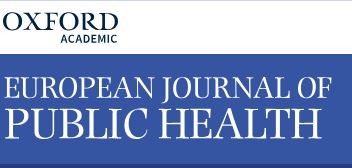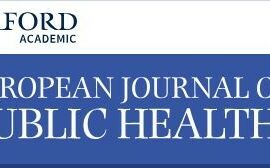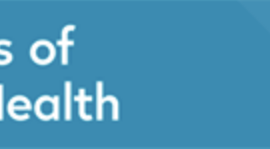
Finaba Berete, Johan Van der Heyden, Stefaan Demarest, Rana Charafeddine, Jean Tafforeau, Herman Van Oyen, Olivier Bruyère, Françoise Renard
European Journal of Public Health, Volume 31, Issue 1, February 2021, Pages 214–220
Published: 23 November 2020
Abstract
Background
The validity of self-reported mammography uptake is often questioned. We assessed the related selection and reporting biases among women aged 50–69 years in the Belgian Health Interview Survey (BHIS) using reimbursement data for mammography stemming from the Belgian Compulsory Health Insurance organizations (BCHI).
Methods
Individual BHIS 2013 data (n = 1040) were linked to BCHI data 2010–13 (BHIS–BCHI sample). Being reimbursed for mammography within the last 2-years was used as the gold standard. Selection bias was assessed by comparing BHIS estimates reimbursement rates in BHIS–BCHI with similar estimates from the Echantillon Permanent/Permanente Steekproef (EPS), a random sample of BCHI data, while reporting bias was investigated by comparing self-reported versus reimbursement information in the BHIS–BCHI. Reporting bias was further explored through measures of agreement and logistic regression.
Results
Mammography uptake rates based on self-reported information and reimbursement from the BHIS–BCHI were 75.5% and 69.8%, respectively. In the EPS, it was 64.1%. The validity is significantly affected by both selection bias {relative size = 8.93% [95% confidence interval (CI): 3.21–14.64]} and reporting bias [relative size = 8.22% (95% CI: 0.76–15.68)]. Sensitivity was excellent (93.7%), while the specificity was fair (66.4%). The agreement was moderate (kappa = 0.63). Women born in non-EU countries (OR = 2.81, 95% CI: 1.54–5.13), with high household income (OR = 1.27, 95% CI: 1.02–1.60) and those reporting poor perceived health (OR = 1.41, 95% CI: 1.14–1.73) were more likely to inaccurately report their mammography uptake.
Conclusions
The validity of self-reported mammography uptake in women aged 50–69 years is affected by both selection and reporting bias. Both administrative and survey data are complementary when assessing mammography uptake.


